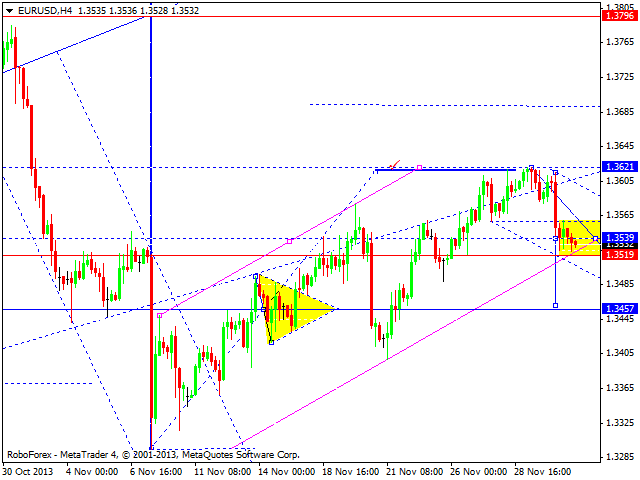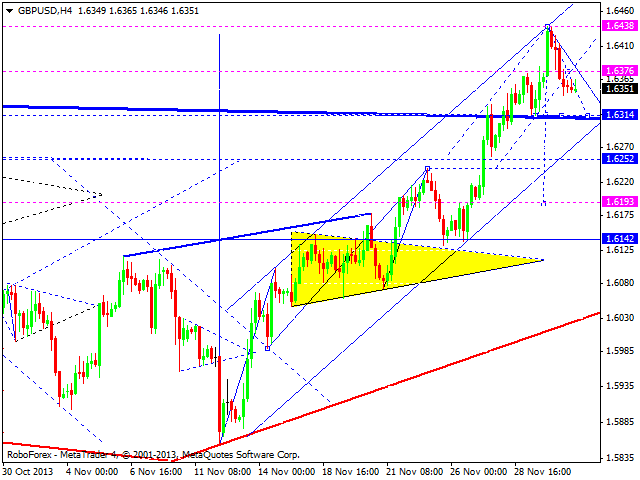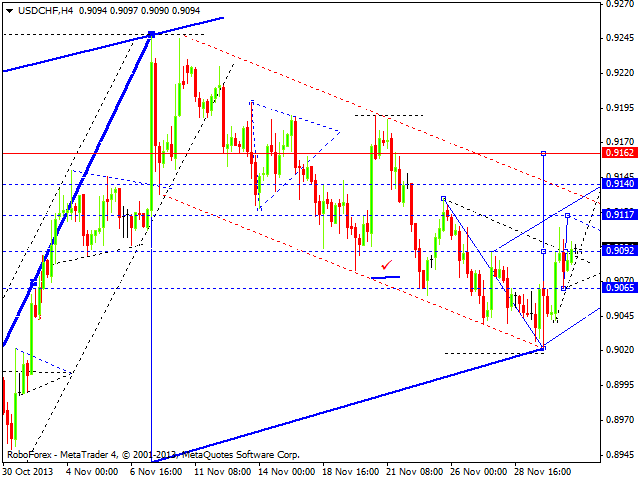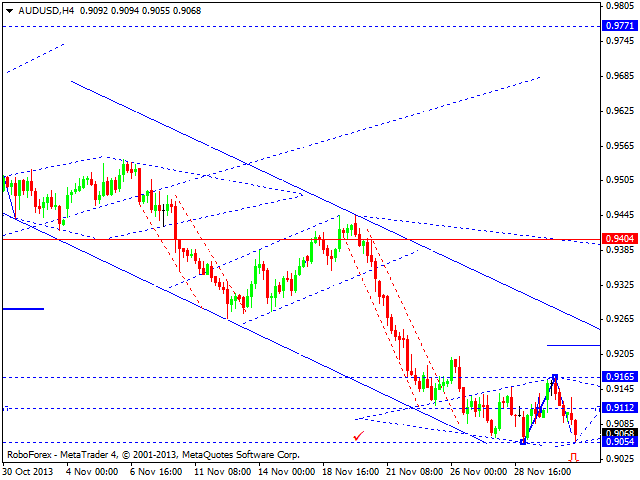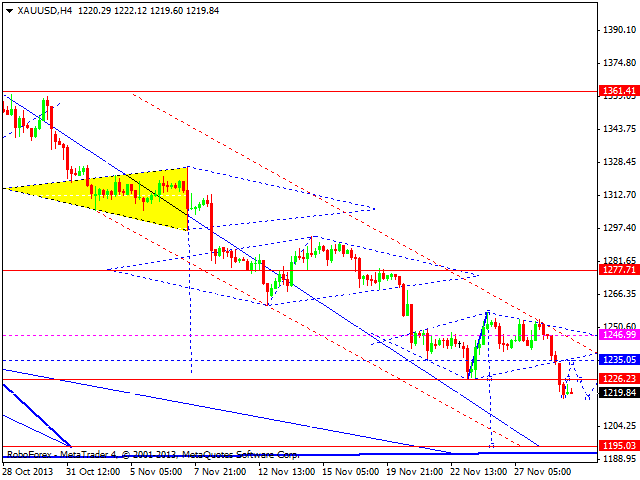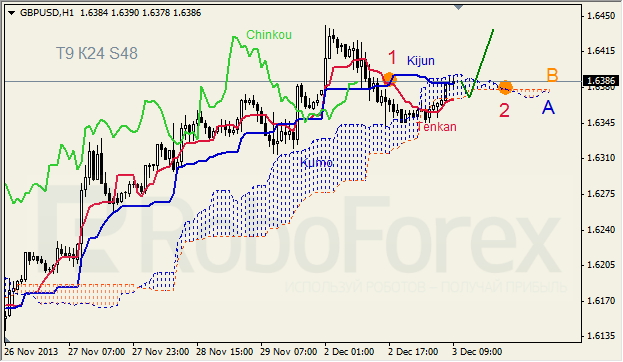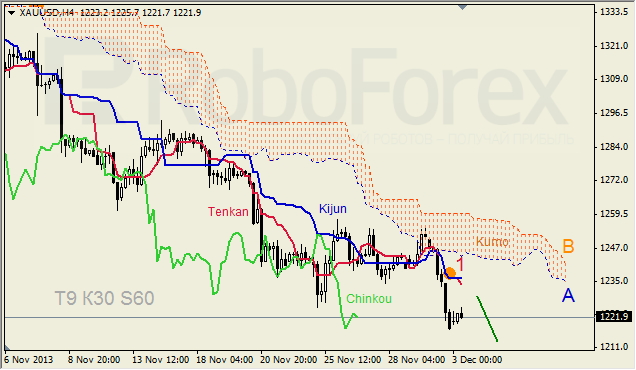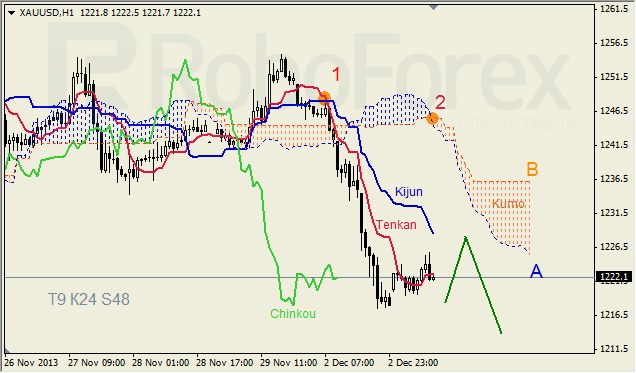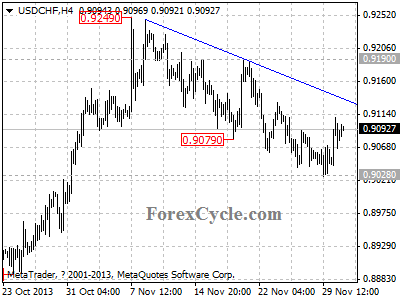London Gold Market Report
from Adrian Ash
Mon 2 Dec 08:25 EST
WHOLESALE gold trimmed Monday’s 2.6% loss in Asian and London trade Tuesday morning, with a brief rally to $1226 per ounce as world stock markets fell after Wall Street retreated from record highs.
Gold priced in Euros dropped through €900 per ounce for the first time since July 2010.
Silver failed to match the Dollar gold rally, hitting a new 5-month low of $19.09 per ounce.
“The wheels seem to be coming off the gold market,” says one US broker’s note.
“The yellow metal is at stake of loosing its grip in the run-up to year-end,” says a separate note from a London market-maker’s trading desk.
“Our flow is dominated by sellers across the board. Producers, funds, [high-net worth individuals] and ETFs all are selling gold in anticipation of the Fed tapering as early as Dec. 18.”
Maintaining their holdings even as the gold price fell 2.6% on Monday, the two largest US exchange-traded gold trust funds have so far shed one third of the bullion backing their shares in 2013, shrinking to the smallest level since Feb.2009.
“We have no doubt that gold is in a bear market,” says the commodities team at Swiss investment bank Credit Suisse, repeating the view it first gave in February’s End of an Era report.
“Financial bubbles tend to unwind faster than they inflate,” the bank’s analysts write in Gold: Decline & Fall.
“If gold were to continue to retreat along its current trajectory, the metal would be trading close to $900 per ounce by the end of 2014.”
“Regardless of the precise timing,” agrees French bank and London bullion market maker Societe Generale, forecasting an average gold price of $1050 in the final 3 months of 2014, “underpinning our negative view towards gold is that the ultraloose stance of monetary policy is gradually unwound.”
Swiss investment bank and London market maker UBS yesterday cut its average 2014 forecast to $1200 per ounce from $1325, also pointing to a tightening of US monetary policy.
A drop to $1050 could signal a “decent buying level”, says UBS analyst Joni Teves. But while “physical buyers are expected to provide some support at the lower levels, this is unlikely to be enough to fully offset the selling.”
“Strong Chinese gold imports are being overpowered,” agrees Bart Melek at TD Securities in Toronto, “by sharply lower ETF demand.”
The Canadian bank’s analyst also cites “worries expressed by highly leveraged speculative investors that the 14,700 tonnes of vaulted gold since 2002 may start hitting the market once real Treasury [bond interest] rates move materially higher.”
Latest data from US regulator the CFTC yesterday showed speculative traders such as hedge funds raising their bearish betting on gold to a 4-month high in the week-ending last Tuesday.
Net of those bearish bets, the so-called “Large Speculators” net bullish position in gold futures and options fell to 162 tonnes equivalent.
That compares to the 3-year average of 497 tonnes.
Smaller speculators trading gold on leverage through futures and options meantime cut their net bullishness last week to just 6 tonnes equivalent – the lowest level since early July’s negative reading.
Dollar gold was then half-way through a 21% rally from 3-year lows.
Private investors choosing to trade physical gold, in contrast, last month maintained their positive sentiment near a 6-month high says Bloomberg today, citing the latest Gold Investor Index from BullionVault.
Amongst money managers, however, “Gold ETF holdings have failed to stabilise” after the spring collapse says Barclays.
“Not really an attractive asset class at this stage,” said Mark Konyn, CEO of Cathay Conning Asset Management – part of the $83 billion Conning group – to CNBC overnight.
Noting the drop in India’s formerly world-leading demand as anti-import rules hit in 2013, “The [investment] case for gold is an inflation hedge,” says Konyn. “But where’s the inflation globally?”
Gold price chart, no delay | Buy gold online
Adrian Ash is head of research at BullionVault, the secure, low-cost gold and silver market for private investors online, where you can fully allocated bullion already vaulted in your choice of London, New York, Singapore, Toronto or Zurich for just 0.5% commission.
(c) BullionVault 2013
Please Note: This article is to inform your thinking, not lead it. Only you can decide the best place for your money, and any decision you make will put your money at risk. Information or data included here may have already been overtaken by events – and must be verified elsewhere – should you choose to act on it.


